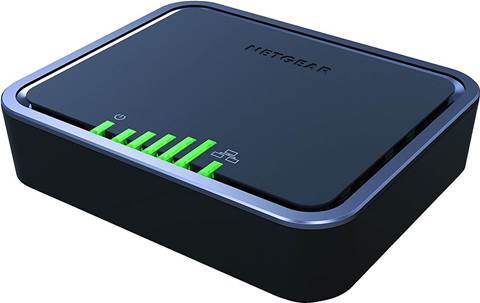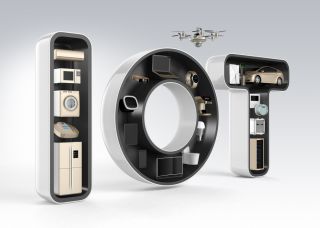
The use of Internet of Things (IoT) technology is growing rapidly as more consumers and businesses recognise the benefits offered by smart devices. The range of IoT hardware available is huge, including everything from smart doorbells and connected kettles to children’s toys. What’s more, this is not only limited to smart home tech for consumers. IoT sensors are being increasingly used by businesses of all sizes across numerous industries including healthcare and manufacturing. However, despite its life-enhancing and cost-saving benefits, the IoT is a security minefield. So, is it even possible to secure the IoT?
Source: Is the Internet of Things impossible to secure? | ITProPortal










